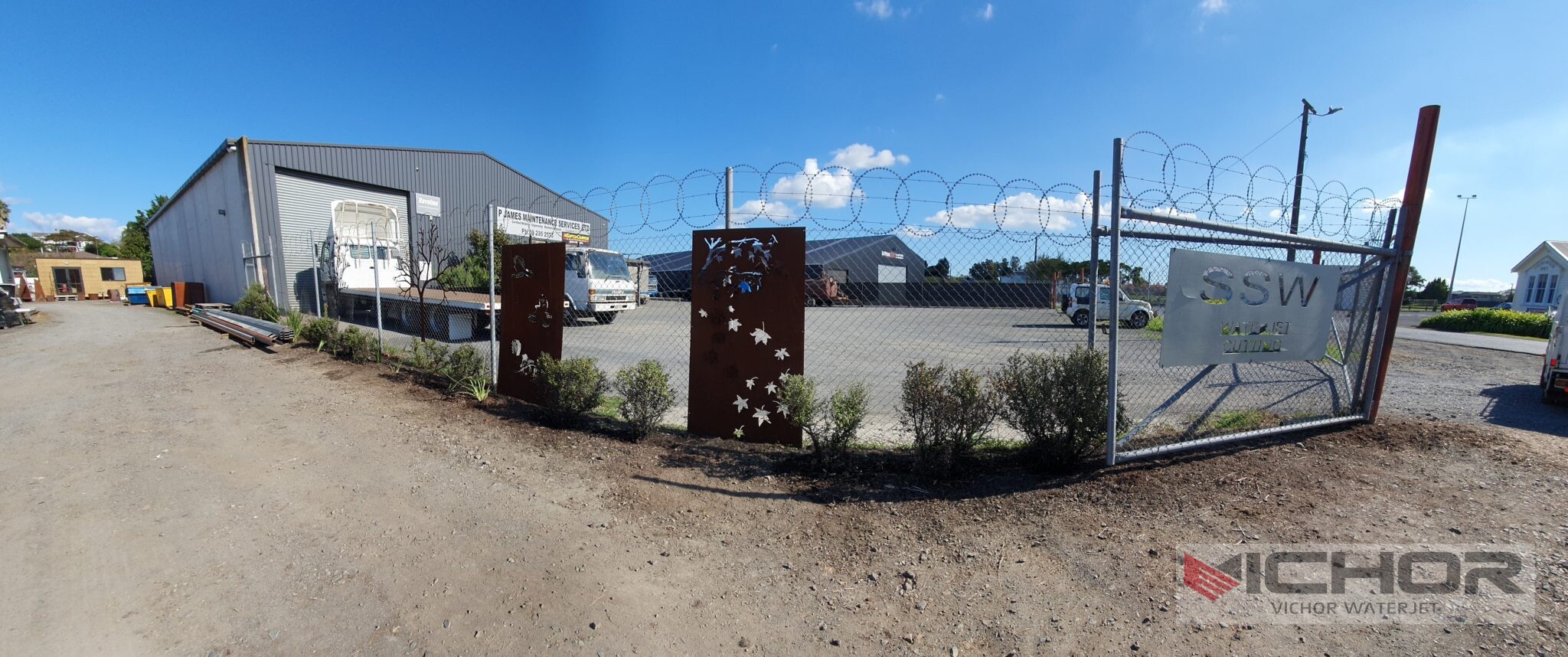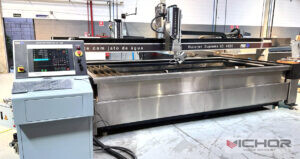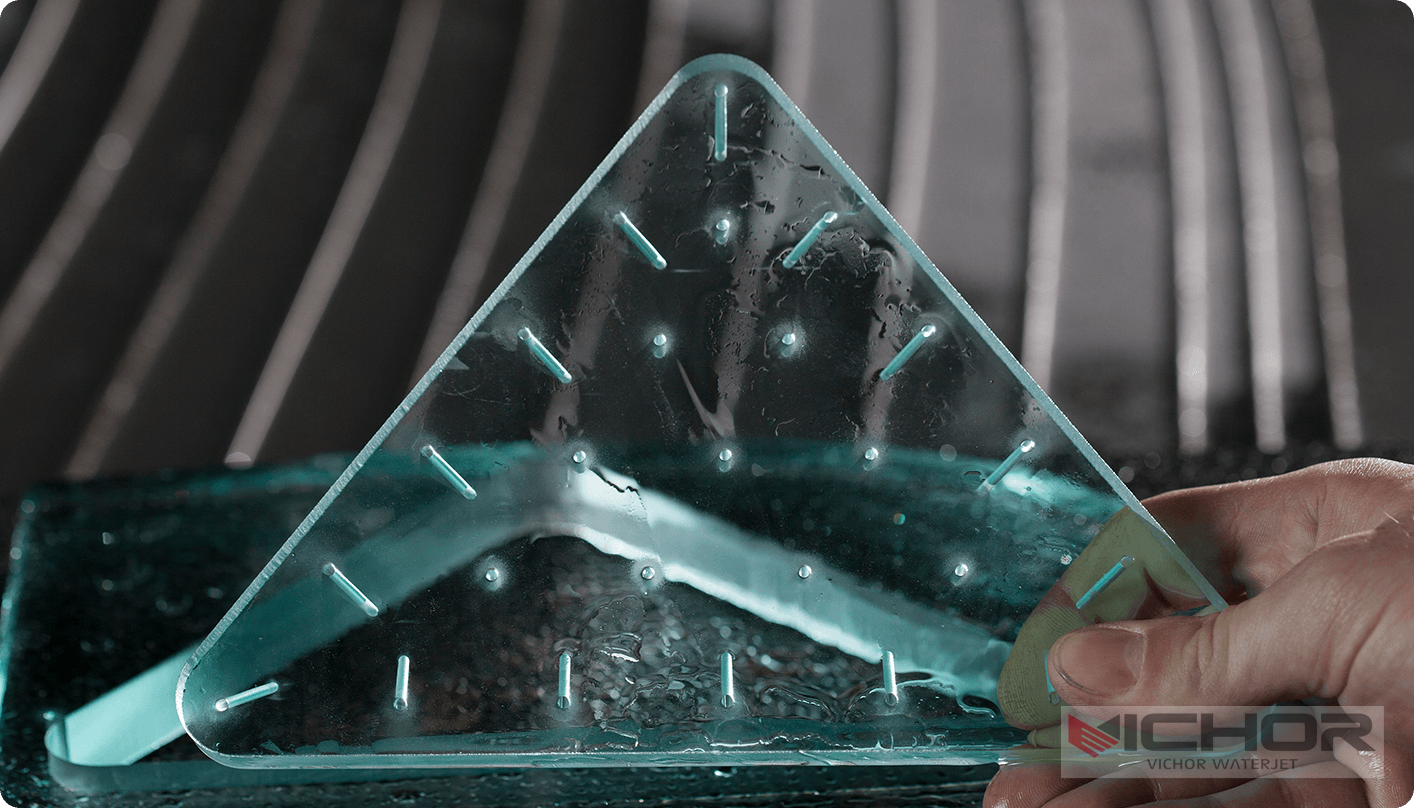
7 Proven Strategies for Truly Stress-Free Waterjet Cutting
When you’re in the thick of a manufacturing project, the last thing you need is the added pressure of dealing with cutting processes that introduce stress, warping, or material damage. That’s where the concept of stress-free waterjet cutting comes into play. If you’ve been searching for a way to achieve clean, precise cuts without the headaches, you’re in the right place. This article breaks down exactly how stress-free waterjet cutting works, why it’s a game-changer for various industries, and how you can implement it to save time, money, and sanity. We’ll cover everything from the core technology to cost considerations and how to find the right service provider, ensuring your next project runs smoothly from start to finish.
What Exactly Is Stress-Free Waterjet Cutting?
At its core, stress-free waterjet cutting is a manufacturing process that uses a high-pressure stream of water, often mixed with abrasive materials, to cut through various substances without inducing thermal or mechanical stress. Unlike methods such as laser or plasma cutting, which generate significant heat, waterjet cutting operates at room temperature. This means no heat-affected zones (HAZ), no warping, and no structural changes to the material. For professionals in aerospace, automotive, or custom fabrication, this translates to higher precision and fewer rejects. The key to achieving truly stress-free waterjet cutting lies in the equipment calibration, abrasive selection, and operator expertise, which together ensure that the material remains intact and unaltered beyond the cut line.
Why Stress-Free Waterjet Cutting Outshines Other Methods
When comparing cutting technologies, stress-free waterjet cutting consistently comes out on top for several reasons. First, it handles a wide range of materials—from metals like titanium and aluminum to composites, glass, and stone—without switching tools. Second, because it’s a cold-cutting process, it eliminates the risk of thermal distortion, which is common in laser or flame cutting. This makes it ideal for heat-sensitive materials. Additionally, waterjet cutting produces minimal kerf width, allowing for intricate designs and tight tolerances. In terms of environmental impact, it generates less waste and doesn’t release harmful fumes, contributing to a safer workspace. By opting for stress-free waterjet cutting, you’re investing in versatility and reliability.
Key Applications of Stress-Free Waterjet Cutting in Industry
Stress-free waterjet cutting isn’t just a niche technique; it’s widely used across multiple sectors. In the aerospace industry, it’s employed for cutting lightweight alloys and composites without compromising their integrity. Automotive manufacturers rely on it for prototyping and producing complex parts. In architecture, it enables the creation of detailed stone and glass features. Even the food industry uses waterjet cutting for portioning products without contamination. The adaptability of stress-free waterjet cutting means it can be tailored to both large-scale production and one-off custom jobs, making it a go-to solution for businesses aiming for efficiency and quality.
How to Select the Right Stress-Free Waterjet Cutting Service
Choosing a provider for stress-free waterjet cutting services requires careful consideration. Start by evaluating their equipment—modern, well-maintained machines with CNC controls are essential for precision. Ask about their experience with materials similar to yours; a provider familiar with your industry can offer valuable insights. Check for certifications and customer reviews to gauge reliability. Also, inquire about their approach to minimizing stress—this might include using specialized software for path optimization or custom abrasive mixes. Don’t forget to discuss turnaround times and communication practices; a responsive service can make all the difference in meeting deadlines. Ultimately, the right partner will help you achieve consistent, stress-free waterjet cutting results.
Breaking Down the Costs of Stress-Free Waterjet Cutting
Understanding the pricing behind stress-free waterjet cutting is crucial for budget planning. Costs typically depend on factors like material type, thickness, and complexity of the cut. Thicker materials or intricate designs may require more time and abrasives, increasing the price. However, stress-free waterjet cutting often proves cost-effective in the long run due to reduced material waste and lower rejection rates. Compared to other methods, it avoids expenses related to heat damage repair or secondary processing. When requesting quotes, look for transparent pricing models that include setup, operation, and post-processing. Investing in quality stress-free waterjet cutting can lead to significant savings by enhancing overall project efficiency.
The Technology and Process Behind Stress-Free Waterjet Cutting
Delving into the mechanics, stress-free waterjet cutting relies on a high-pressure pump that pressurizes water up to 60,000 PSI or more. This water is then forced through a small nozzle, creating a supersonic stream. For harder materials, abrasives like garnet are added to the mix. The CNC systems guide the nozzle with extreme accuracy, ensuring clean edges. What sets stress-free waterjet cutting apart is the ability to control parameters such as pressure, traverse speed, and abrasive flow rate to prevent stress induction. Advanced software simulates cuts to optimize paths, reducing the chance of errors. This technological sophistication is why stress-free waterjet cutting is synonymous with precision and reliability.

Finding a Trusted Supplier for Stress-Free Waterjet Cutting
Locating a reliable supplier for stress-free waterjet cutting involves more than a simple online search. Begin by networking within industry forums or trade associations to get recommendations. Visit potential suppliers if possible, to inspect their facilities and discuss their capabilities. Key questions to ask include their track record with stress-free outcomes, equipment maintenance schedules, and quality control measures. A good supplier will provide samples or case studies demonstrating their expertise. Also, consider their location for logistics efficiency. By thoroughly vetting providers, you can secure a partnership that delivers consistent, high-quality stress-free waterjet cutting services.
Frequently Asked Questions About Stress-Free Waterjet Cutting
Q1: What materials are best suited for stress-free waterjet cutting?
A1: Stress-free waterjet cutting is highly versatile and works well with metals (e.g., steel, aluminum), composites, ceramics, glass, stone, and plastics. Its cold-cutting nature makes it ideal for materials prone to heat damage.
Q2: How does stress-free waterjet cutting compare to laser cutting in terms of precision?
A2: While both methods offer high precision, stress-free waterjet cutting excels in avoiding thermal distortion, allowing for sharper edges on heat-sensitive materials without burrs or hardening.
Q3: What factors affect the cost of a stress-free waterjet cutting project?
A3: Key factors include material type and thickness, cut complexity, quantity, and the provider’s expertise. Simpler cuts on thinner materials are generally more affordable.
Q4: Can stress-free waterjet cutting handle thick materials?
A4: Yes, it can cut materials several inches thick, though thicker sections may require slower speeds and more abrasives, which can influence cost and time.
Q5: How do I maintain the quality of stress-free waterjet cuts over time?
A5: Regular maintenance of the waterjet equipment, including nozzle and pump checks, along with using high-quality abrasives, ensures consistent stress-free results.
Q6: Is stress-free waterjet cutting environmentally friendly?
A6: Yes, it produces no hazardous fumes and uses water and natural abrasives, making it a greener option compared to thermal cutting methods.
Q7: What should I look for in a stress-free waterjet cutting service agreement?
A7: Ensure the agreement covers details like turnaround times, quality guarantees, communication protocols, and provisions for handling any issues that arise during the project.
Q8: Can stress-free waterjet cutting be used for prototyping?
A8: Absolutely, its flexibility and quick setup make it perfect for prototyping, allowing for rapid iterations without material compromise.
In summary, stress-free waterjet cutting offers a reliable path to efficient, high-quality manufacturing. By understanding its principles, applications, and how to choose the right services, you can integrate this method into your workflow for better outcomes. If you’re ready to explore stress-free waterjet cutting for your next project, start by consulting with experienced providers to see how it can transform your processes.
continue reading
Related Posts
- 1667 words8.4 min read



